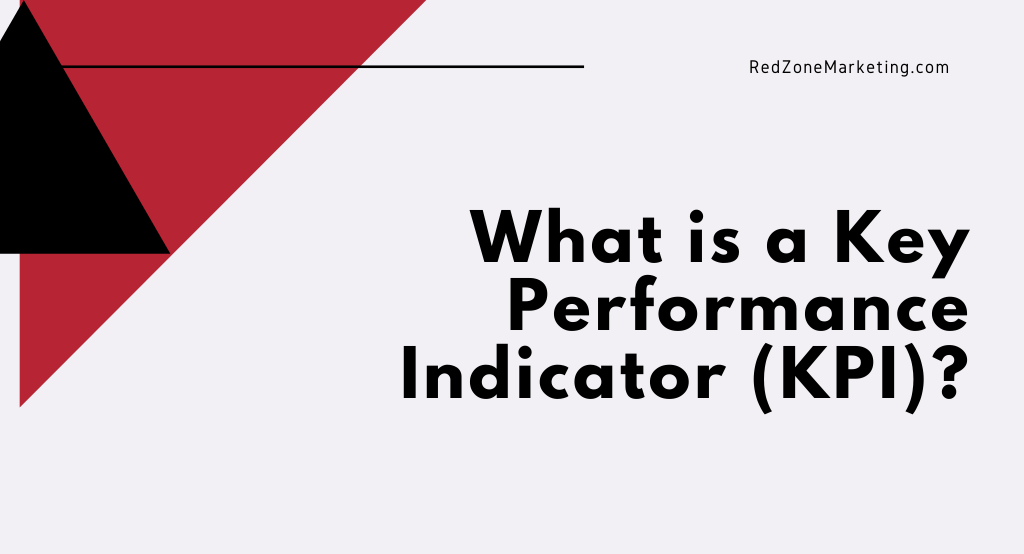Congratulations! You’ve gotten your financial advisor marketing machine up and running. You’re posting consistently on social media, sending out regular emails, publishing new content to your site, getting published on other sites, running ads for your landing page, and even sponsoring a local event next month. You’re off to the races. Or are you?
Marketing can be exciting, but your investments aren’t free. So how do you know if what you’re doing even matters? Or if your time and money could be better spent elsewhere?
Just as you might look at investment returns to see how your portfolio is doing or use a thermometer to make sure your Thanksgiving turkey is cooked all the way through before serving it to guests, you’ll need to track the progress of each of your initiatives to see what’s working and what’s not. Then, you can make smart budgetary decisions to maximize your lead-generating potential.
What is a Key Performance Indicator (KPI)?
A Key Performance Indicator (KPI) is a measurement of how well your company is performing toward a certain goal or objective. There are KPIs for every aspect of business, whether it’s financial, sales, operational, or in our case, marketing. Marketing KPIs, specifically, are measurable data points that allow companies to gauge and analyze the efficacy of their various initiatives.
The Most Important Marketing Metrics for Financial Advisors
The following metrics are not ranked in order of importance, as each of these KPIs is an invaluable tool all on its own. But, in order to facilitate a better understanding of where each KPI falls, we’ve broken up the top metrics by category.
Overall Marketing Success
1. Customer Acquisition Cost (CAC): This number reveals how much money it takes to convert a potential lead into a paying client. You don’t want to spend more money acquiring a client than you’ll earn when they finally become one. In financial planning, it might be helpful to determine how long it would take you to recoup your CAC once they become a client.
2. Lifetime Value of a Customer (LTV): This metric indicates the total revenue your firm can expect to make from a single customer. Of course, your fee structure and AUM minimums will have a bearing on this number.
3. Return on Investment (ROI): This is one of the most commonly used marketing metrics in the financial world and indicates how much money you gain from each initiative compared to the cost of the initiative itself. It is calculated by subtracting your marketing expenses from your growth and then dividing that number by the marketing cost.
(Sales Growth – Marketing Cost) / Marketing Cost = ROI
4. Conversion Rate: Percentage of visitors (to your website, landing page, or social media page) who perform the desired action. The desired action can be a number of things from subscribing to your email list, scheduling a call, interacting with a pop-up, or clicking through on an email. You’ll likely track conversion rates for many different initiatives.
Website Traffic & SEO
5. New and Returning Users: This is an incredibly important piece of the advisor marketing puzzle because driving website traffic is one of the main goals of any advisory firm. Plus, this number can help you to track the success of multiple vehicles (email, social media, third party publication, etc.) working to drive web traffic.
6. Traffic Sources: Understanding where most of your website traffic originates will be paramount to your strategy going forward. You’ll want to capitalize on the platforms where you’re gaining the most traffic. Plus, traffic sources reveal a deeper understanding of other metrics, as well. Organic web traffic, for example, reveals the effectiveness of your SEO while social media traffic highlights your social engagement.
Social Media
7. Engagement: How well are your posts performing in terms of audience engagement? Here you will track likes, comments, shares, messages, and tags. How is your engagement trending over time? Which posts perform better over others? Hint: For financial advisors, personal posts with pictures of the team perform remarkably well.
8. Follower Growth: This metric measures how well your team is increasing brand awareness. Organic growth can be very difficult for business pages (relative to personal pages), so you might consider running paid ads to increase awareness, especially if your firm is starting from scratch.
Email Marketing
9. Open Rate: How many people are actually opening your emails? If your number is low, you’ll need to rework your email subject lines to be more enticing.
10. Click Through Rate (CTR): How many people are clicking through your links in the emails? And which ones are clicked on the most? If you consistently see that your audience clicks through to take your Risk Assessment Quiz, you’ll want to increase the exposure of that tool in other places.
Paid Advertising
11. Return on Ad Spend: Is your ad spend making a difference? This number measures the revenue that is generated in relation to every dollar you spend on a given ad campaign. This will be a ratio. For example, if you spend $100 on an ad to promote your webinar and 10 people sign up, each paying a $100 entry fee, your ROAS for that campaign will be 10:1.
Lead Tracking
12. Marketing Qualified Leads (MQL): An MQL is a lead that has engaged with your company in some way, whether that’s through visiting the website, downloading your lead magnet, or regularly opening your company emails. This number indicates to your team how many leads are being brought in at any given time.
13. Sales Qualified Leads (SQL): When nurtured correctly, an MQL can often become an SQL. An SQL is a lead who is ready to speak to someone on your team. This number reveals how many cold leads become warm leads and how many drop off somewhere in between. This ratio could reveal holes, gaps, or weaknesses in your sales funnel if you see a big drop-off between MQLs and SQLs.
How Often Should Financial Advisors Track KPIs?
Just as you advise your clients not to check their portfolios every day or every week, tracking KPIs more frequently than once a month or once a quarter can be fruitless (and maybe a bit frustrating).
Some numbers lend themselves to more frequent monitoring, such as checking to see how well an ad performed once the ad spend limit was reached or the number of visitors to your website. But other numbers, like the open and click-through rates on your emails or organic traffic results, could be checked quarterly. This is simply because you’ll need a solid data set from which to pull to make conclusions on any type of reliable trend.
Tracking the Pulse of Your Marketing
When trying to make progress toward any goal, you’ll need a reliable method of tracking your success. If you’re trying to lose weight, you use a scale or measuring tape. If you’re trying to reduce superfluous spending, you might use a passive expense tracking app to monitor your debit or credit charges each week. Benchmarking your success over time is critical to improving and making headway as efficiently as possible.



